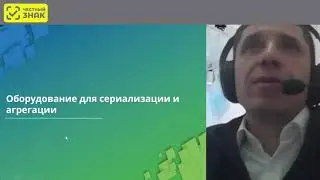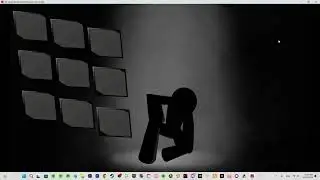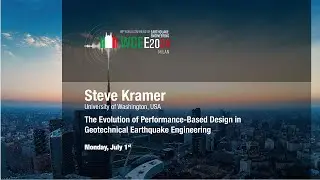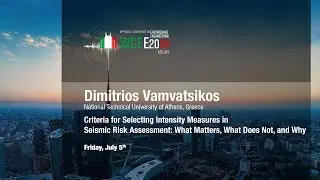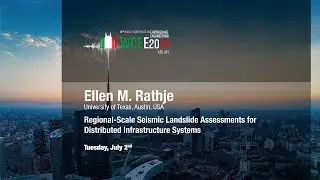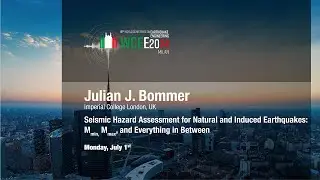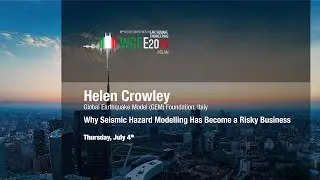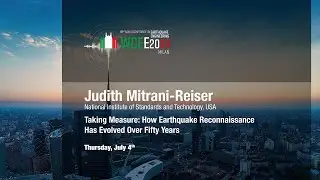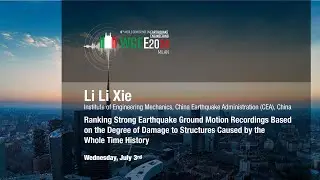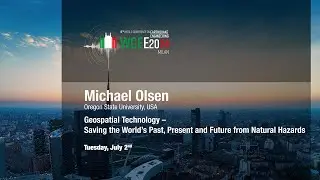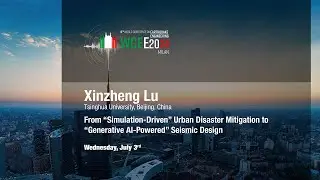Li Li Xie: Ranking of Strong Earthquake Ground Motion Recordings Based on Degree of Damage...
CSI/IAEE MASTERS SERIES LECTURES
Li Li Xie: Ranking of Strong Earthquake Ground Motion Recordings Based on Degree of Damage to Structures Caused by Whole Time-History
Wednesday, July 3rd, MiCo Auditorium
Abstract:
While it was clear to engineers that the cause of structural damage during an earthquake was due to the dynamic action of seismic ground motion on the structure, they could not determine what earthquake ground motion it would be subjected to. It is still being determined how much risk a structure designed according to the ground motion specified in the current design code will face in future earthquakes. The main reason for these difficulties is that the causes of structural damage are very complex. Different structures will greatly differ in earthquake response under the same ground motion due to their different periods, damping, nonlinear characteristics, and structural failure mechanisms. We have divided the existing structures into three categories according to their natural periods, divided the sites where structures are located into four categories, and adopted different failure mechanism patterns for different structures. Finally, for each type of structure on the specific site, the tens of thousands of actual recorded ground motions have been ranked on probabilities based on their potential risk to structures. The ranking of ground motion records, resulting from this comprehensive approach, would provide the designers with a practical and immediately applicable database for choosing the appropriately designed ground motions. This method allows engineers to easily estimate whether the designed structure's risk will be acceptable, enhancing structures' safety and resilience in earthquakes.
Bio:
Li Li Xie was born in 1939 and graduated from Tianjin University in 1960. He is currently the honorary director and professor at the Institute of Engineering Mechanics/China Earthquake Administration and the President of the China Earthquake Engineering Association. Professor Xie has been in earthquake engineering research for over 60 years. He has published more than 200 scientific and technical papers. Representative works include “Measurement and analysis of strong earthquake ground motion”, “The most unfavourable seismic design ground motion”, “Unified seismic design spectrum”, “Earthquake risk analysis system based on GIS and AI”, “The challenges to earthquake engineering in new Millennium”, etc. He is the main founder of the Chinese Strong Earthquake Motion Instrumentation Network. He led the development of the first performance-based seismic design code in China. The United Nations Secretary-General invited Professor Xie to serve as a member of the United Nations AD-Hoc Expert Group and a member of the Scientific and Technical Committee for the International Decade for Natural Disaster Reduction (IDNDR) for ten years. He served as the Director of the International Association of Earthquake Engineering (IAEE) 1988-1992, and IAEE’s Vice-President (2004-2008) and was elected as Honorary Director of IAEE (2008). He was the Chairman of the International Commission on Strong Motion Seismology of the International Association of Seismology and Physics of Earth’s Interior (IASPEI) for eight years. In 1992, he co-worked with Professor George Housner of the US, Professor Kobori of Japan, and Professor Casciati of Italy to establish the International Structural Control Association. He was elected founding member of the Chinese Academy of Engineering in 1994.
-------
Masayoshi Nakashima intro 00:09
Jinjun Hu 06:21
Masayoshi Nakashima 09:48
Li Li Xie 10:02
-------
https://www.wcee2024.it
